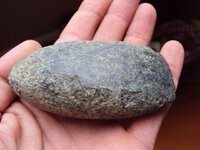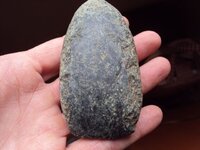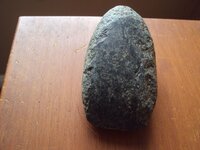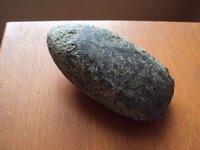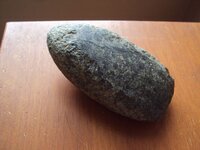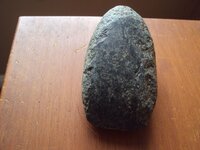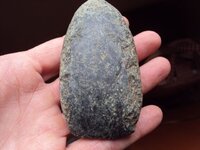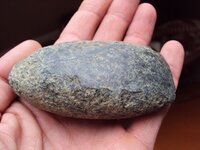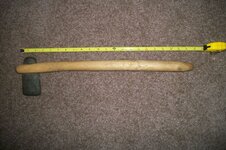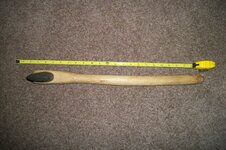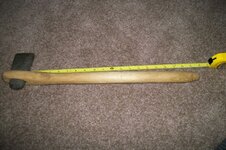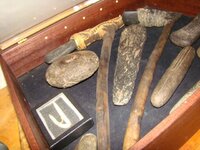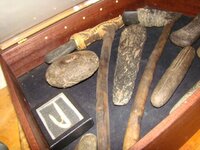Swims with Beaver
Full Member
There was a post on the the modern napping thread about hafting celts. I posted these but not sure about the feedback I'll get. If a celt is hafted, why does the polishing go all the way back to the end of the celt. It makes no sense to me. Polishing can not go under the haft? Like I said in the napping post, my dad use to use wedges when I was a kid to chop wood. Could they be wedges and pounded through logs with another piece of wood so as not to break the end?
Amazon Forum Fav 👍
Attachments
Upvote
0


